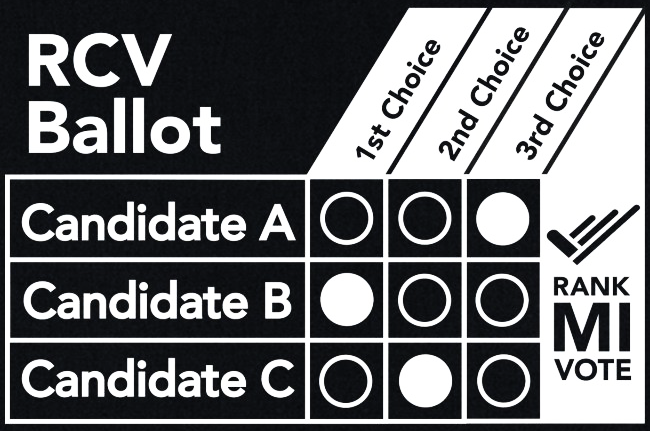Ballots are counted in “instant runoff rounds” where contestants receiving the fewest top-choices are eliminated and their supporters’ ballots are then counted toward the next choice indicated on each.
This process “consolidates” the voting power of like-minded voters, no matter how many candidates are running, rather than seeing the strength of their votes diluted and divided between multiple similar candidates. It means no more “spoiler problem”, so more candidates with a variety of backgrounds or ideas can run without worrying about distorting the outcome of the election.
These rounds repeat until one candidate has the support of more than half of the voters. Because winning requires a broad majority of support, candidates need to earn their opponents’ supporters’ 2nd and 3rd choice votes on the ballot. This encourages them to find common ground and talk about the substance of issues, rather than mudslinging — which alienates voters.

